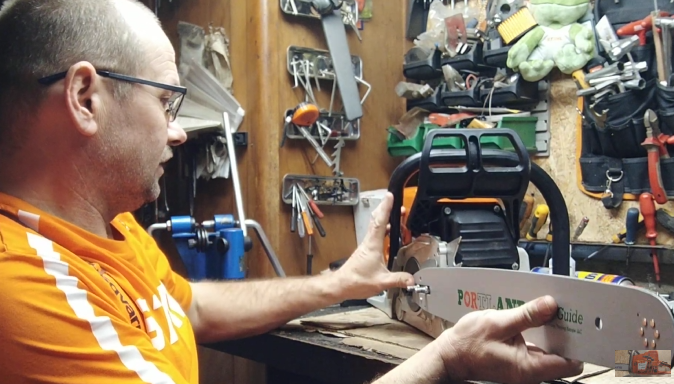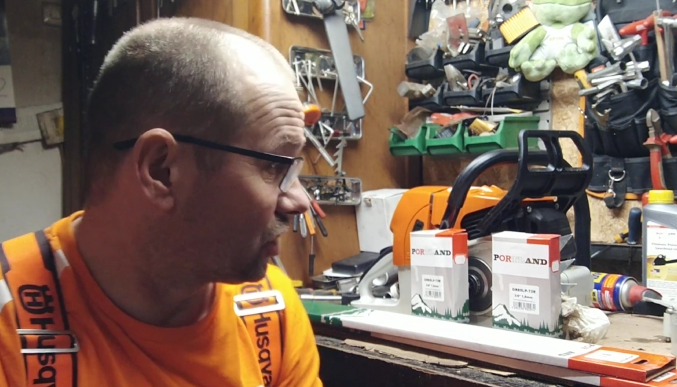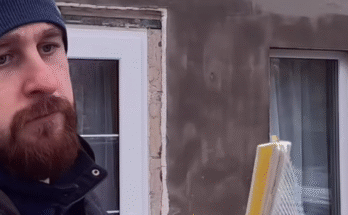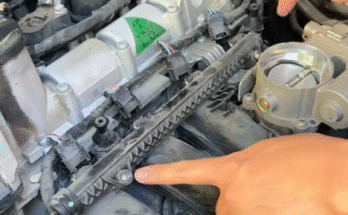
The term “Portland cutting section” may seem specialized, but it refers to a key part of the construction and infrastructure world, particularly in contexts involving concrete work, road development, and precision engineering. Portland cement, the most common type of cement used in modern construction, is the foundational material behind many of the structures we rely on daily. A “cutting section” refers to the area where concrete is sliced, shaped, or modified to serve a specific function — be it expansion control, repair, or design.
This article explores the significance, techniques, tools, and applications of Portland cutting sections, highlighting why they are indispensable in ensuring durability, safety, and functionality in various construction environments.
Understanding Portland Cement and Concrete
To understand the concept of a Portland cutting section, we must first delve into Portland cement. It is a fine powder made by heating limestone and clay minerals in a kiln to form clinker, then grinding the clinker with gypsum. The resulting product is a highly reactive binder that forms the basis for most concrete structures.
When Portland cement is mixed with water, sand, and aggregates (such as gravel or crushed stone), it creates concrete — a versatile and durable building material. Once poured and set, concrete becomes incredibly strong, but it also becomes rigid. To ensure long-term performance and avoid cracking, it must be precisely cut and shaped in sections.

What Is a Cutting Section?
A cutting section refers to a specific area of concrete that is intentionally sliced or grooved to serve one of several purposes:
- Control joints: Cuts are made to allow for controlled cracking as concrete expands and contracts due to temperature changes.
- Structural modifications: When installing utilities or making renovations, portions of concrete may need to be cut out.
- Design or aesthetics: Cutting sections can also be used to create patterns or forms in decorative concrete.
- Demolition or recycling: A cutting section can delineate an area that is to be removed or repurposed.
In all cases, accuracy is essential. Poorly executed cutting can lead to uneven surfaces, structural weaknesses, or costly repairs.
Techniques for Cutting Portland Concrete
There are several techniques employed to cut sections of concrete made with Portland cement. The choice depends on the purpose of the cut, the thickness of the slab, and the site conditions.
1. Saw Cutting
This is the most common method. A diamond blade saw is used to slice through hardened concrete. There are two main types:
- Wet cutting: Uses water to cool the blade and reduce dust. Ideal for deep or continuous cuts.
- Dry cutting: Often used for smaller jobs. Dust control is a concern, requiring appropriate protective equipment.
Saw cutting is often used to create control joints or to separate old and new sections of concrete during roadwork or foundation work.
2. Core Drilling
For making circular holes or precise round cuts, such as for plumbing or electrical lines, core drilling is ideal. A cylindrical drill with a diamond-tipped bit bores into the concrete, creating a clean hole.
3. Wall Sawing and Wire Sawing
Used for vertical cuts or in very thick concrete where traditional saws can’t reach, wall saws attach to tracks and cut straight lines. Wire sawing uses a cable embedded with diamond segments and is effective for large-scale demolition or sculpting work.

When and Why to Cut Portland Concrete
Timing is crucial when making cuts in Portland concrete. If cuts are made too early, the concrete may ravel or crumble. If made too late, cracks may already have formed.
Typically, control joints are cut within 6 to 18 hours after the concrete is poured. The exact timing depends on environmental conditions and the mix design. Cuts should be:
- Straight and consistent: To ensure structural integrity.
- Spaced correctly: For slabs on grade, cuts are usually spaced 24 to 36 times the depth of the slab (e.g., a 4-inch slab would have joints every 8 to 12 feet).
- Deep enough: About 1/4 of the slab thickness, or deeper in some cases.
In larger infrastructure projects, such as highways, bridges, or airport runways, cutting sections are essential for expansion control and maintenance access.
Safety in Portland Cutting Sections
Cutting Portland concrete isn’t without hazards. Dust, debris, vibration, and noise can pose risks to workers and the surrounding environment. Safety measures include:
- Personal protective equipment (PPE): Respirators, goggles, gloves, and hearing protection.
- Dust control systems: Especially during dry cutting. Silica dust is a major health risk.
- Proper training: Workers must be trained to handle cutting tools, especially high-powered saws and drills.
- Site management: Proper signage and restricted areas to keep bystanders safe.

Applications in Construction
Portland cutting sections play a critical role in numerous construction settings:
- Road and highway construction: For jointing slabs and removing damaged sections.
- Industrial floors: Creating control joints to avoid random cracking in warehouse or factory flooring.
- Commercial and residential buildings: Cutting for HVAC systems, plumbing, and electrical work.
- Renovation and demolition: Precision cutting allows for selective removal of concrete without damaging nearby structures.
In urban environments where space is tight and structures are dense, precise cutting is essential to avoid disturbing adjacent foundations or utilities.
The Role of Technology
Modern advancements in cutting technology have made Portland cutting sections more efficient and accurate than ever. Laser-guided saws, 3D scanning for structural mapping, and remote-controlled cutting systems have reduced human error and increased safety.
Contractors now rely on software to plan cutting layouts that maximize performance while minimizing waste and environmental impact. Some systems even integrate with BIM (Building Information Modeling) platforms for full project integration.

Environmental Considerations
Concrete cutting can produce large volumes of dust and slurry, which need to be disposed of properly. Regulations in many areas require that wastewater from wet cutting be collected and treated. Dust from dry cutting must be captured using vacuum systems or wet suppression.
Recycling is another consideration. Cut concrete sections can be crushed and reused as aggregate in new concrete or road base material, reducing the environmental footprint of construction projects.
Conclusion
The Portland cutting section may sound like a technical term, but it encompasses a vital range of activities that ensure the structural integrity, safety, and sustainability of our built environment. From the roads we drive on to the buildings we live in, precise and strategic concrete cutting plays a foundational role.
Whether you’re a contractor, engineer, DIY home renovator, or simply curious about how infrastructure is created and maintained, understanding the importance of cutting sections in Portland cement concrete opens a window into one of the most critical aspects of modern construction. Through innovation, safety, and smart planning, Portland cutting continues to shape our world — one precise slice at a time.


